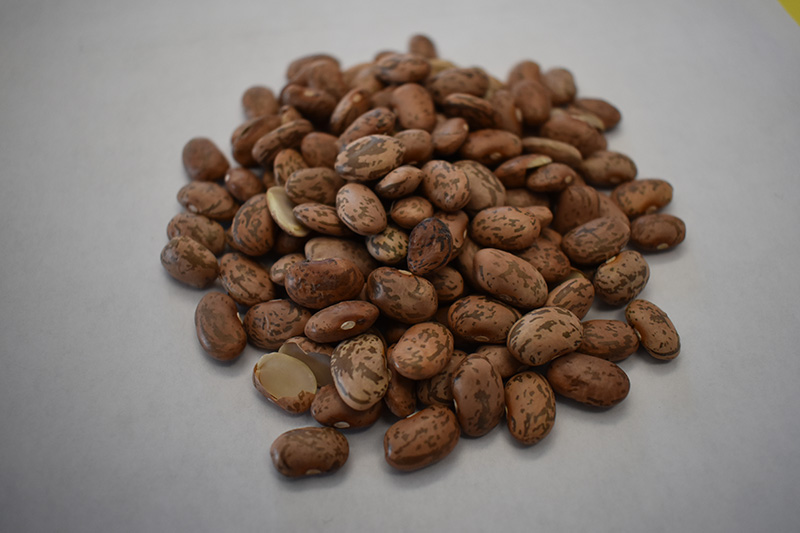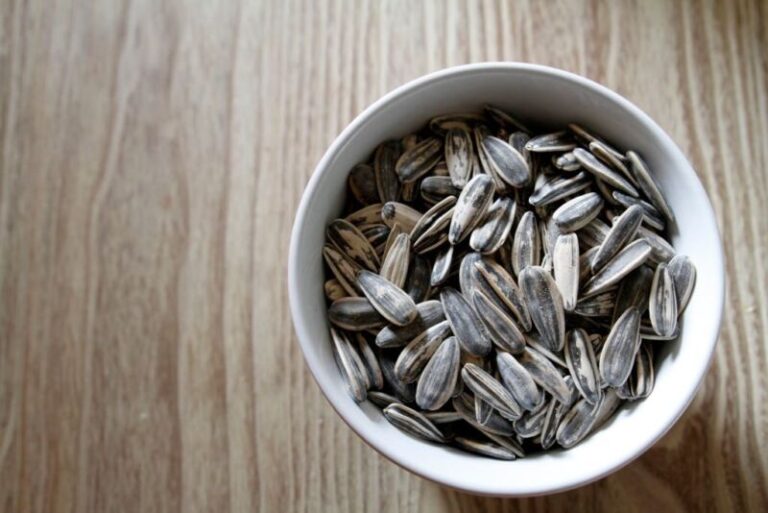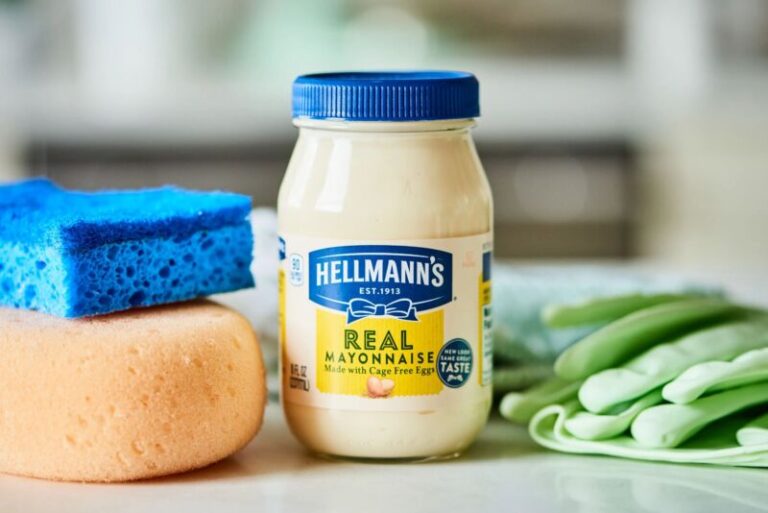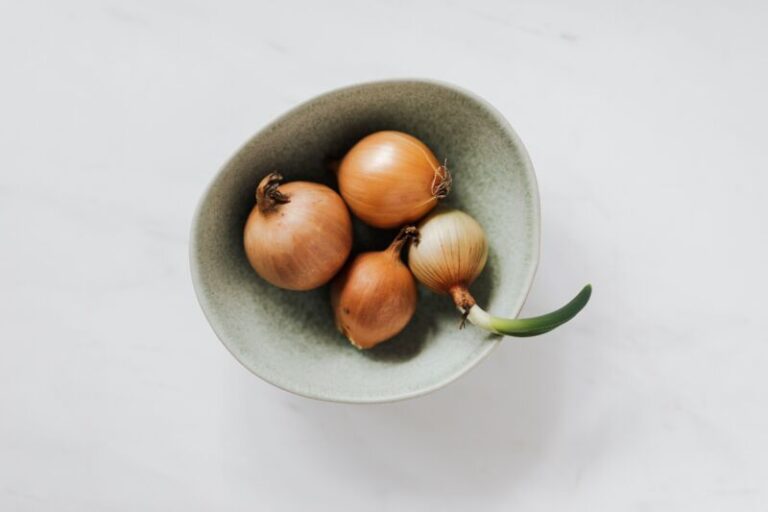What Do Bad Pinto Beans Look Like?
Have you ever opened a bag of pinto beans only to find that some of them looked a little off? As a popular staple in many cuisines, it’s important to know how to identify bad pinto beans. Understanding the visual and textural signs of spoiled beans can help you avoid foodborne illness. In this article, I’ll discuss the key characteristics of fresh pinto beans and what bad pinto beans look like, so you can ensure the quality and safety of this pantry staple.
An Introduction to Pinto Beans
Pinto beans are a beige or light brown bean splashed with reddish-brown streaks. They are oval-shaped with a creamy texture when cooked. Pintos originate from Mexico and are popular in Latin American, Tex-Mex, and Southwestern U.S. cuisines. When prepared properly, they have an earthy, nutty flavor.
Pinto beans are valued for their high protein and fiber content. They can be used in soups, stews, tacos, burritos, salads and more. Canned pinto beans are widely available, but dried beans are inexpensive and easy to prepare at home. Buying high quality, fresh pintos and storing them properly helps ensure you’ll get the most out of this nutritious legume.
So what should healthy, fresh pinto beans look and smell like? Let’s go over the key characteristics.
What Good Quality Pinto Beans Look Like
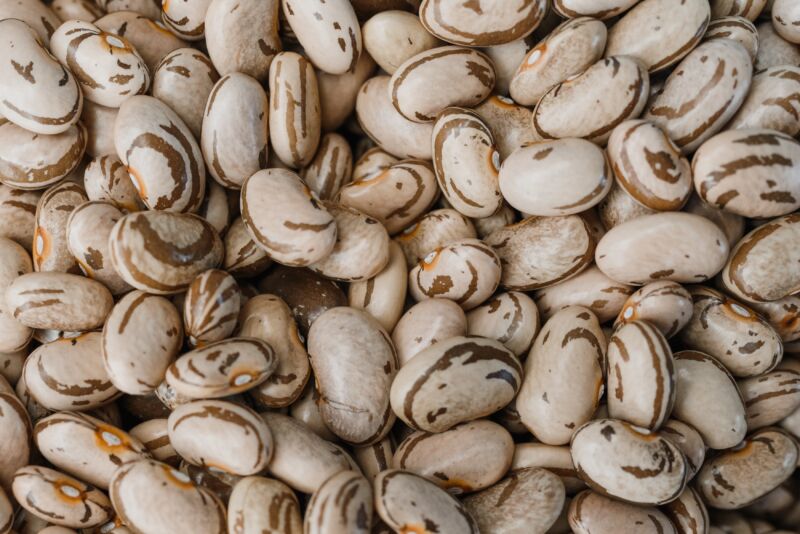
Fresh, high quality pinto beans should have an even light beige color with reddish-brown speckles distributed evenly over the surface. The beans should have a smooth, matte appearance, with a consistent oval shape. They should feel firm yet tender when pressed between your fingers, without any major dents, cracks or wrinkles on the outer skin.
Good pintos also have a pleasant, earthy smell reminiscent of nuts or dried peas. There should be no odors like ammonia, mildew or other “off” scents if the beans are perfectly fresh.
When cooked properly, the pinto beans should maintain their shape without splitting or getting mushy. They’ll have a smooth, creamy texture that easily falls apart on the tongue. Well-prepared pintos taste lightly sweet and nutty, making them a versatile ingredient for many cuisines.
Recognizing the Signs of Bad Pinto Beans
Now that you know what to look for in fresh, high quality pinto beans, let’s go over the visual and textural signs that indicate spoiled or bad beans:
Changes in Color and Mold Growth
The most obvious indicators of spoiled pintos are color changes and mold growth. Bad pinto beans may appear darker, grayish, or faded instead of maintaining a light beige tone. You may see black or green mold developing in spots or patches on the beans. This fuzzy or powdery mold is a clear sign the beans have gone bad and should be discarded.
Wrinkled, Shriveled or Sunken Beans
In addition to color and mold changes, the texture of the pinto beans provides important clues. Bad pinto beans may look wrinkled, dried out or shriveled up rather than plump and smooth. You may also notice dents, cracks or a sunken, deflated appearance, which indicates the beans have lost moisture and spoiled.
Hard, Dry or Mealy Beans
Pressing a bad pinto bean between your fingers will reveal other textural differences. While fresh pintos should be firm yet tender, spoiled beans may feel too hard and dry. As they go bad, the beans also develop a grainy, mealy or chalky texture instead of being creamy and smooth.
Strange Odors
Your nose can also detect signs that pintos have gone bad before you even begin inspecting them visually. Bad pinto beans give off unusual odors like ammonia, alcohol or acetone. You may notice a general musty, moldy or stale smell instead of the pleasant, earthy aroma of healthy pintos. Trust your senses if something smells off!
The Dangers of Consuming Bad Pinto Beans
Eating spoiled, moldy or improperly handled pinto beans puts you at risk for foodborne illness. Pintos may harbor dangerous bacteria like Bacillus cereus, Listeria monocytogenes and Clostridium perfringens. Consuming contaminated beans can lead to symptoms like:
- Stomach cramps, nausea and vomiting
- Diarrhea
- Fever and chills
- Headaches
- Fatigue
Certain populations like pregnant women, infants, young children and the elderly are at higher risk for severe complications from foodborne illness. So it’s especially important to inspect pinto beans and discard any that show signs of spoilage.
Proper handling and storage is also crucial to prevent pintos from going bad prematurely. Cook beans thoroughly to kill any bacteria. Let cooked beans cool quickly before refrigerating, and store them for no more than 3-5 days. When re-heating, make sure beans reach boiling to destroy spores that can cause food poisoning. Following good food safety practices helps keep pintos safe and shelf-stable.
Storing Pinto Beans Properly
To get the most out of the pinto beans you purchase, proper storage both before and after opening the package is key. Here are some tips:
Uncooked Pinto Beans
When storing dried, uncooked pintos:
- Keep beans in an airtight container in a cool, dry spot like a pantry. Avoid hot spots like near the oven.
- Glass jars or hardy plastic containers work better than cardboard or bags.
- Use beans within 12 months for best quality, before they dry out or spoil.
- Inspect containers periodically and discard any shriveled or discolored beans.
Cooked Pinto Beans
To store cooked pinto beans:
- Let beans cool completely before refrigerating. Divide into shallow containers for quick cooling.
- Keep refrigerated for 3-5 days maximum in airtight containers.
- When reheating, re-boil beans for at least one minute to kill bacteria spores.
- Do not freeze cooked bean dishes containing dairy, tomatoes, peppers, onions, etc. The textures will degrade.
- Pureed or mashed beans freeze better than whole beans. Portion into recipes before freezing for easy thawing.
Following proper storage methods helps keep pinto beans fresher for longer, reducing food waste. And of course, don’t forget to check for any signs of spoilage before consuming previously cooked beans.
Key Takeaways on Identifying Bad Pinto Beans
Hopefully this article has helped explain exactly what bad pinto beans look, smell and feel like. Here are some key takeaways:
- Look for changes in color, mold growth, wrinkles, and cracks which indicate spoilage.
- Press beans to check for odd textures like excessive dryness or mealiness.
- Sniff pintos for ammonia, musty or other unpleasant odors, which signal bad beans.
- Consuming spoiled beans poses health risks, especially for at-risk groups like pregnant women and the elderly.
- Store beans properly in cool, dry conditions and discard any suspicious looking beans.
- Handle cooked beans carefully and don’t keep for more than 3-5 days refrigerated. Re-heat thoroughly before consuming.
With the information provided here, you can confidently determine if those pinto beans have gone bad. Knowing the key signs of spoilage allows you to avoid the dangers of consuming bad beans. Be vigilant when inspecting and sniffing pintos to ensure they meet your high safety and quality standards.
